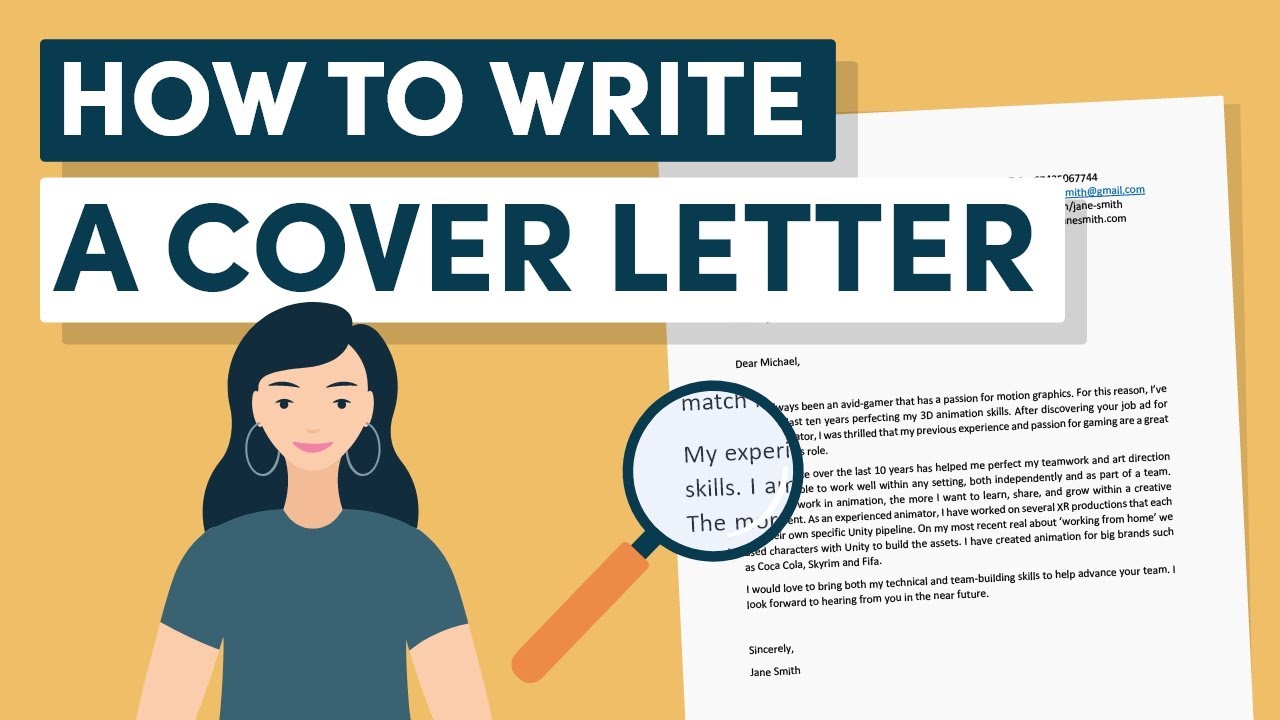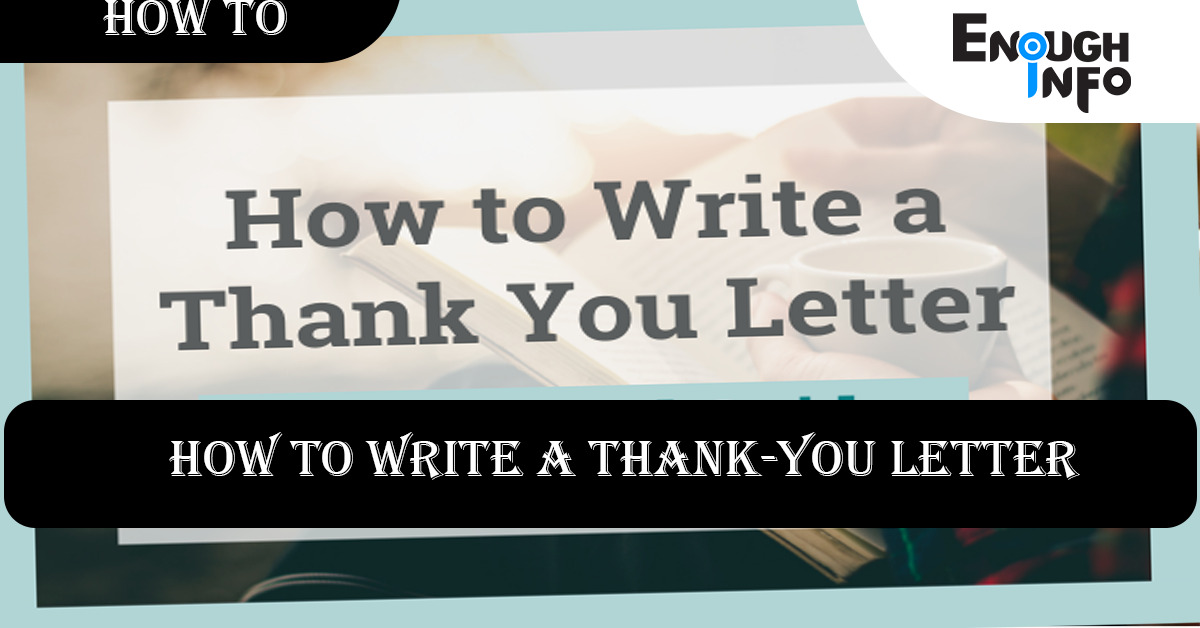How To Write A Short Story For Beginners
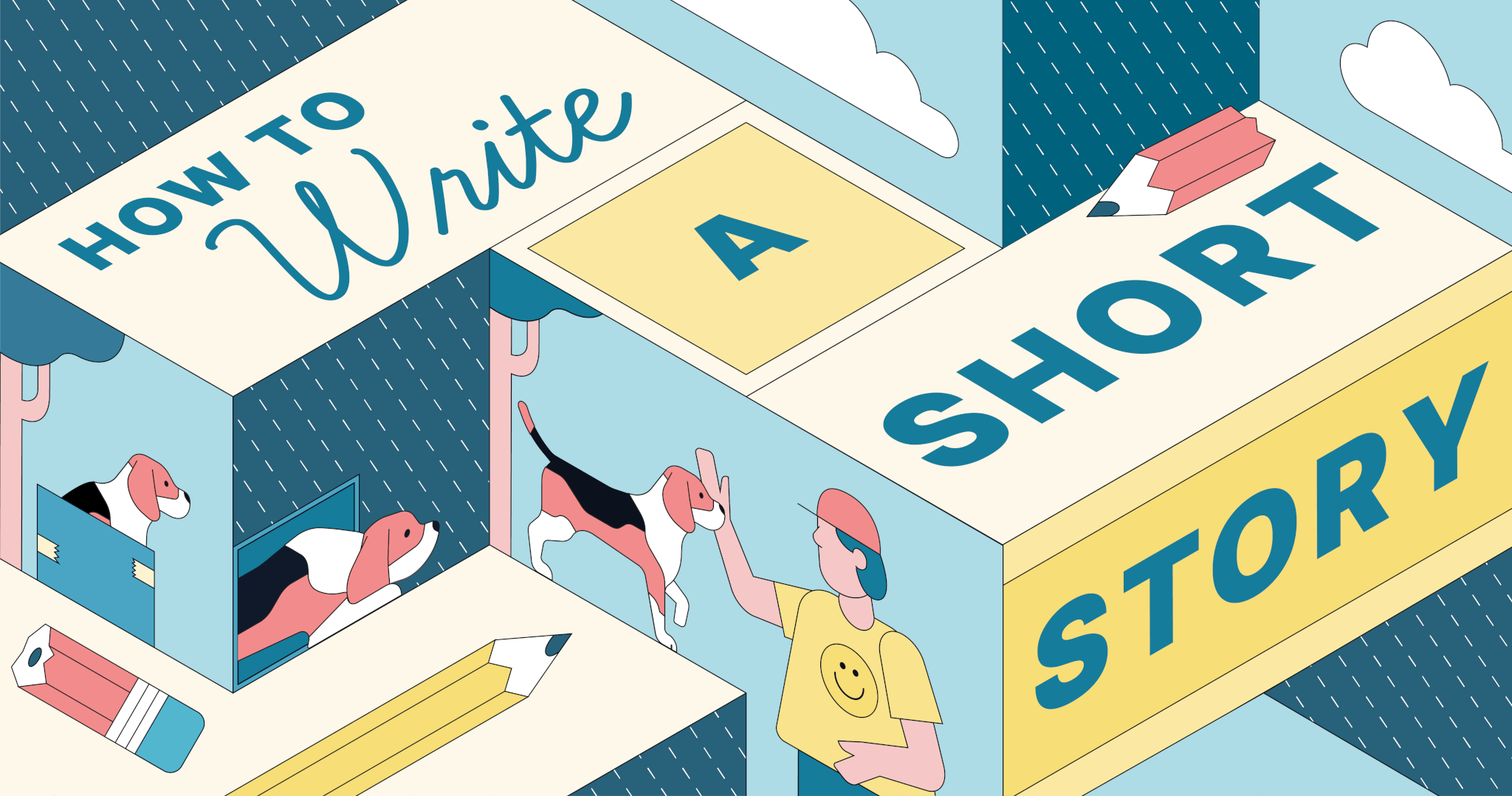
How to write a short story for beginners – The world of storytelling is a captivating realm that allows us to explore our imagination, share our experiences, and connect with others. Writing a short story is a wonderful way to express your creativity, convey a message, and transport readers to new worlds within a concise narrative.
Short stories can be just as powerful and affecting as lengthier works of fiction; in fact, some claim that they can be even more potent since they deliver their essential message in a single, resonant stroke. If a novel is like turning on all the lights in a room, a short story is like using a torch to illuminate a dark nook.enoughinfo
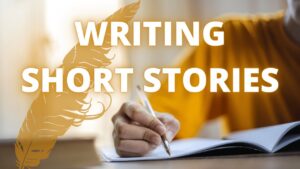
Short tales are also a good area to experiment and create things that intrigue you but might not work in a full-length novel. “Short stories are tiny windows into other worlds, other minds, and other dreams,” says Neil Gaiman, a renowned novelist, short story writer, and comic book author. They’re excursions to the furthest reaches of the universe that can be completed in time for dinner.”
Read Also: How to write a resume(The Ultimate Guide)
What Exactly Is a Short Story?
Short stories are self-contained pieces of prose fiction with the purpose of imparting a moral, capturing a moment, or evoking a specific emotion. Short stories are frequently more focused since all of the elements—plot, character, pacing, story structure, and so on—must work together to achieve a single purpose.
How Long Does a Short Story Last?
A normal short narrative has a word count ranging from 1,000 to 5,000 words, though there are always exceptions to the rule. Flash fiction is a type of creative writing that can be as short as five words, while novellas (which are often 30,000 words or more) fall somewhere in the between.
Learning how to write a short story for beginners is important for several reasons:
- Creative Expression: Writing allows you to express your creativity and imagination. Learning to write a short story gives you a platform to share your unique ideas, experiences, and perspectives with others. It provides an outlet for self-expression and allows you to explore the depths of your creativity.
- Skill Development: Writing short stories helps you develop essential writing skills. As a beginner, you will learn how to structure a narrative, develop characters, create engaging dialogue, and build coherent plots. These skills can be transferred to other forms of writing, such as novels, screenplays, or non-fiction.
- Effective Communication: Writing is a powerful tool for communication. By learning to write a short story, you develop the ability to convey your thoughts, emotions, and ideas in a concise and impactful manner. This skill is valuable not only in creative writing but also in various professional and personal contexts.
- Understanding Storytelling Techniques: Writing short stories allows you to explore and understand the fundamentals of storytelling. You’ll learn about narrative arcs, character development, pacing, and other techniques that captivate readers. This knowledge can be applied to different forms of writing, including novels, essays, and even business communications.
- Building Confidence: Learning a new skill and successfully completing a short story can boost your confidence as a writer. It validates your abilities and encourages you to continue honing your craft. The sense of accomplishment and pride that comes from completing a story can motivate you to explore other writing projects and pursue your creative aspirations.
- Developing Critical Thinking: Writing a short story requires critical thinking skills. You’ll learn to analyze and make decisions about plot structure, character motivations, and story development. This process enhances your ability to think critically, evaluate different options, and make deliberate choices in your writing.
- Exploring Personal Growth: Writing a short story can be a journey of self-discovery and personal growth. It allows you to delve into your own thoughts, emotions, and experiences, fostering self-reflection and self-awareness. Through the act of writing, you may gain insights into yourself and the world around you.
- Connection and Empathy: Stories have the power to connect people. When you write a short story, you have the opportunity to create characters and situations that resonate with readers. Your story can evoke emotions, provoke thoughts, and spark conversations. It enables you to foster empathy and understanding by sharing diverse perspectives and experiences.
- Entertaining and Inspiring Others: Writing a short story can bring joy, entertainment, and inspiration to readers. Your words have the potential to transport readers to different worlds, evoke emotions, and ignite their imaginations. By sharing your stories, you have the ability to touch the lives of others and make a positive impact.
Learning how to write a short story for beginners is important as it nurtures your creativity, develops essential writing skills, enhances communication abilities, and fosters personal growth. It allows you to connect with readers, entertain and inspire them, and leave a lasting impression through the power of storytelling. So, embrace the art of storytelling, unleash your imagination, and embark on the rewarding journey of writing short stories.
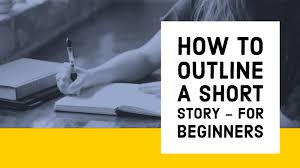
Read Also: How To Write A Captivating Blog Post
Unleash Your Creativity: A Beginner’s Guide To Writing Short Stories
In this comprehensive guide, we will walk you through the process of writing a short story from start to finish, providing tips, techniques, and inspiration for beginners. So, grab a pen and paper, and let’s embark on this literary adventure together.
1. Understanding the Essence of a Short Story
Defining a Short Story: A short story is a compact narrative that focuses on a single incident, character, or theme. It is shorter in length than a novel or novella, allowing the writer to convey a complete story arc within a limited space.
Key Elements of a Short Story: Understanding the essential elements of a short story, including plot, characters, setting, conflict, and resolution, is crucial for crafting a cohesive and engaging narrative.
Benefits of Writing Short Stories: Writing short stories offers numerous benefits, including honing your storytelling skills, exploring different genres and styles, experimenting with narrative techniques, and building a portfolio of work.
2. Finding Inspiration and Developing Ideas
Tapping into Your Imagination: Imagination is the writer’s greatest tool. Learn to observe the world around you, explore “what if” scenarios, and let your imagination run wild to generate unique and compelling story ideas.
Drawing from Personal Experiences: Drawing from your own experiences can provide rich material for your short story. Reflect on significant events, emotions, or relationships that can be woven into your narrative to add depth and authenticity.
Exploring Themes and Concepts: Consider exploring themes that resonate with you or societal issues that intrigue you. Themes such as love, loss, identity, or resilience can add layers of meaning to your story.
Utilizing Writing Prompts: Writing prompts are a great way to jumpstart your creativity. Use online resources, books, or even everyday objects as prompts to spark new ideas. These prompts can act as a springboard for your imagination and help you develop unique story concepts.
3. Crafting Your Short Story
Planning and Outlining: Before diving into writing, spend time planning and outlining your story. Determine the beginning, middle, and end, and create a basic structure to guide your narrative. This will help you stay focused and maintain a clear direction.
Creating Compelling Characters: Developing well-rounded and relatable characters is essential to engaging readers. Explore your characters’ motivations, desires, flaws, and conflicts. Give them unique voices and bring them to life through vivid descriptions and realistic dialogue.
Building a Captivating Plot: Craft a compelling plot that grabs readers’ attention and keeps them hooked. Create conflict, tension, and suspense to drive the story forward. Consider using a three-act structure or experimenting with nonlinear narratives to add intrigue.
Setting the Scene: Creating a Vivid Setting: The setting of your story plays a vital role in immersing readers in the narrative. Describe the physical environment, use sensory details to evoke emotions, and consider how the setting influences the characters and the plot.
Mastering Dialogue and Narrative Voice: Dialogue brings characters to life and advances the story. Write authentic and distinct dialogue that reveals the characters’ personalities and propels the narrative. Develop a narrative voice that aligns with the tone and style of your story.
Read Also: How to write a persuasive essay for school
4. Polishing Your Short Story
The Importance of Revision and Editing: Revision is an integral part of the writing process. Review your story for clarity, coherence, and pacing. Edit for grammar, spelling, and punctuation errors. Refine your sentences and paragraphs to ensure a smooth reading experience.
Strengthening the Structure and Flow: Assess the overall structure and flow of your story. Ensure that the beginning grabs attention, the middle sustains interest, and the ending provides a satisfying resolution. Make sure each scene and paragraph contributes to the overall narrative.
Enhancing Descriptions and Imagery: Engaging descriptions and vivid imagery transport readers into the story world. Use sensory details to create a multisensory experience. Show, don’t tell, and use metaphors, similes, and other literary devices to enhance the imagery.
Fine-tuning Dialogue and Characterization: Polish your dialogue to ensure it sounds natural and serves a purpose. Remove unnecessary dialogue tags, use subtext, and give each character a unique voice. Make sure your characters’ actions, thoughts, and dialogue are consistent and contribute to their development.
Seeking Feedback and Beta Readers: Seeking feedback from others can provide valuable insights and help you improve your story. Join writing communities, share your work with trusted friends or fellow writers, and consider having beta readers provide feedback on your story’s strengths and weaknesses.
Types of Short Stories
There are several types of short stories, each with its own particular traits.
1. Anecdote: A quick narrative of something intriguing, frequently hilarious, that serves to illustrate a point. They are similar to parables in that they are brief narratives with a central moral theme.
2. Drabble: A short story of around 100 words whose main objective is to put the author’s abilities in prose and in conveying a significant idea in so few words to the test.
3. Feghoot: A hilarious short narrative with a pun at the end.
4. Fable: A brief story in which anthropomorphic creatures, generally animals, reveal some sort of moral point at the end. (Note that, while a parable serves the same purpose, it does not necessarily employ animals to convey its point, but a fable almost always does. A good example is Aesop’s Fables.)
5. Flash fiction or micro-fiction: Flash fiction or micro-fiction are stories that are less than 1,000 words long. The following short narrative, commonly attributed to Ernest Hemingway, is an example of the form: “For sale: baby shoes, never worn.”
6. Sketch: A piece of writing that usually lacks a plot. Instead, the purpose of a sketch is to provide light on a specific character, situation, or area.
7. Vignette: A brief scene that can be used in a bigger body of work. A vignette’s purpose is to capture a single instant or information about a tale element, such as a character, idea, or item.
Read Also: How To Write A Cover Letter For A Job Application
FAQs & Answers
Where do I start when writing a short story?
Start by finding inspiration and developing a clear idea. Consider the key elements of your story, such as characters, plot, and setting. Plan and outline your story before diving into the writing process.
How long should a short story be?
A short story typically ranges from 1,000 to 7,500 words, but there is flexibility. Focus on telling a complete story within the desired word count and ensure that every word contributes to the narrative.How to write a short story for beginners
How do I create engaging and realistic characters?
Create engaging characters by giving them depth, complexity, and relatability. Develop their motivations, desires, and conflicts. Show their strengths and weaknesses through their actions, dialogue, and thoughts.
Should I outline my story before writing?
How do I know when my story is ready to be shared?
Knowing when your story is ready for sharing is subjective and varies from writer to writer. However, there are a few signs that indicate it might be time to seek feedback or submit your story for publication. These include:
- Having revised and edited your story thoroughly for clarity, coherence, and grammatical errors.
- Feeling satisfied with the overall structure, plot, and character development.
- Having received feedback from beta readers or trusted sources and made necessary revisions based on their suggestions.
- Feeling a sense of confidence in your story’s ability to engage and resonate with readers.
Remember, writing is a continuous learning process, and no story is ever truly “perfect.” At some point, you need to let go and share your work with others, embracing the opportunity to grow and improve as a writer.
Read Also: How To Write A Proposal(Steps and Requirements)
Conclusion
Writing a short story can be a fulfilling and rewarding creative endeavor. By understanding the key elements, finding inspiration, developing ideas, crafting a compelling narrative, and polishing your work, you can create a captivating short story that leaves a lasting impact on readers.
Embrace the journey of writing, allow your imagination to soar, and don’t be afraid to experiment with different techniques and styles. Writing short stories is a wonderful way to express yourself, connect with others, and explore the endless possibilities of storytelling.
So, grab your pen and paper, or fire up your writing software, and begin weaving the threads of your own short story. Embrace the joy of creation, and let your imagination shine through the power of your words. Happy writing!


